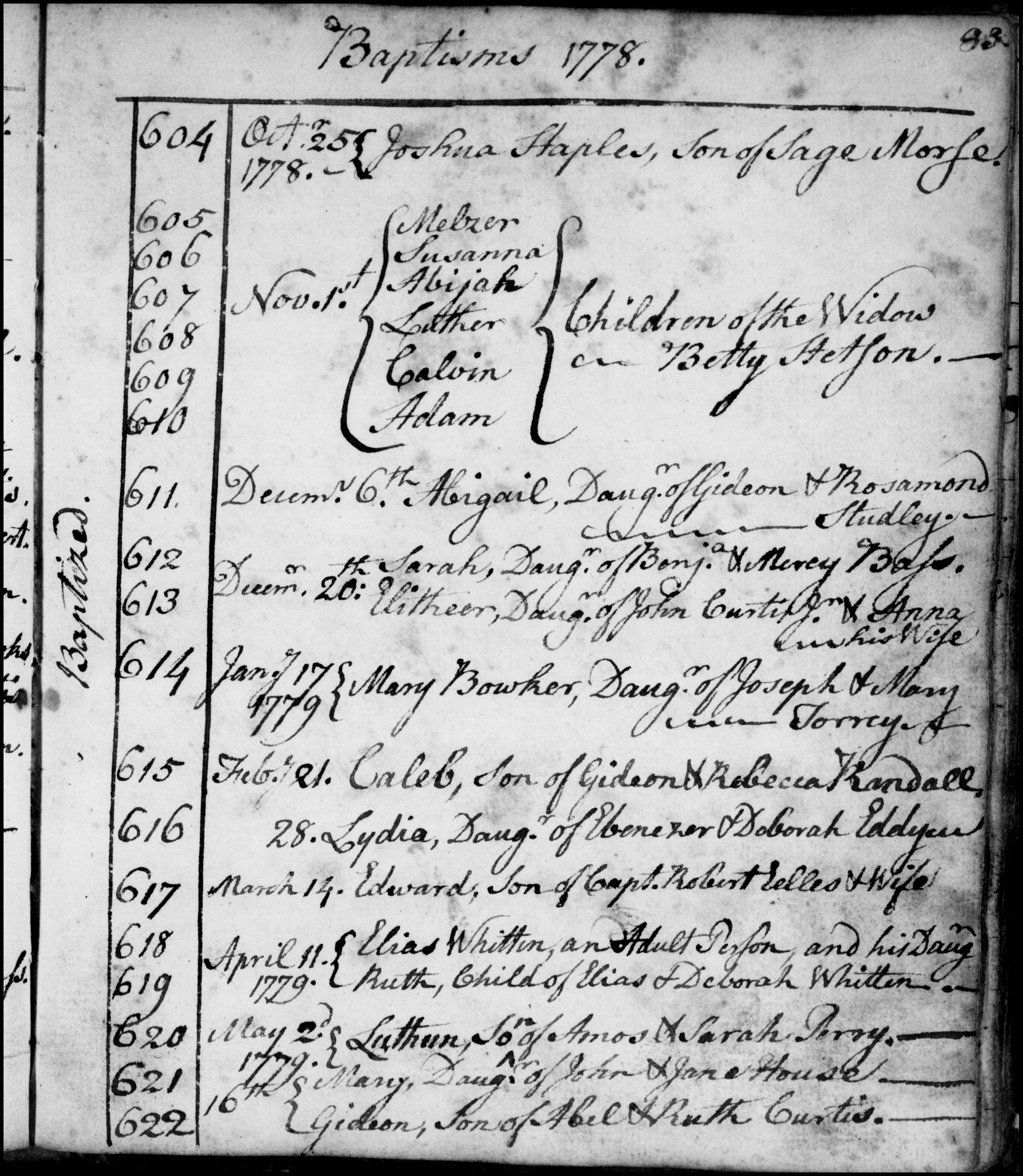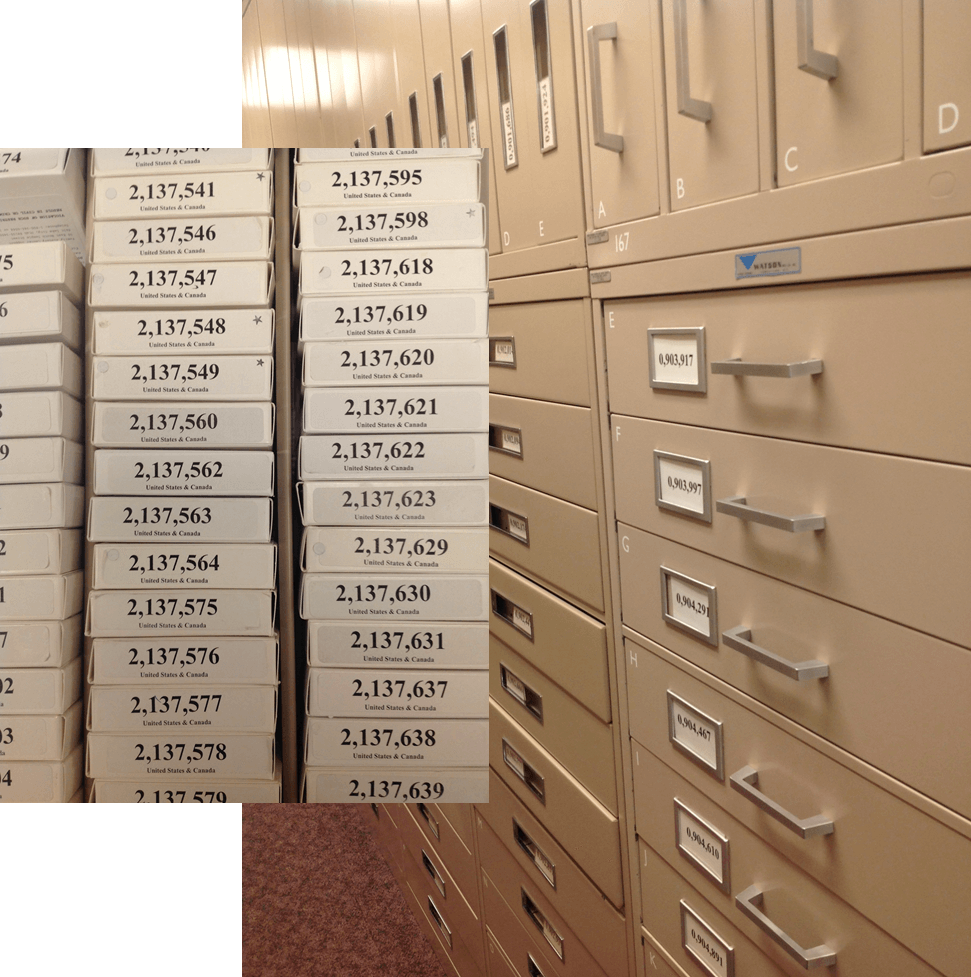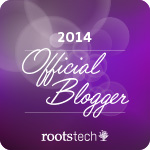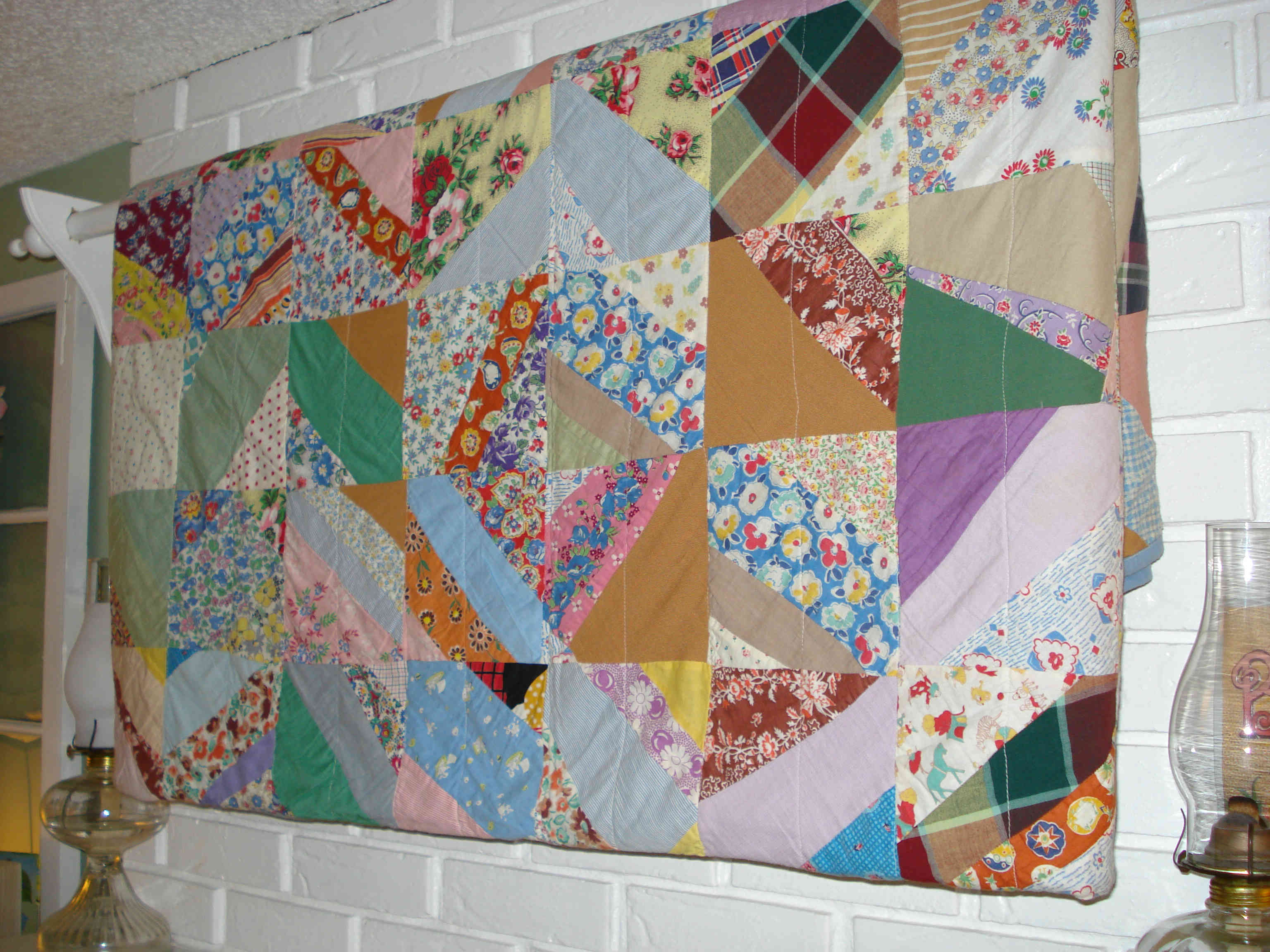by Lisa Cooke | Feb 11, 2014 | 01 What's New, Family History Library, Family History Podcast

Listen to the Family History: Genealogy Made Easy podcast by Lisa Louise Cooke. It’s a great series for learning the research ropes and well as refreshing your skills.
Originally Published 2009
Republished February 11, 2014
[display_podcast]
Download the Show Notes for this Episode
Welcome to this step-by-step series for beginning genealogists—and more experienced ones who want to brush up or learn something new. I first ran this series in 2008-2009. So many people have asked about it, I’m bringing it back in weekly segments.
Episode 18: Using Family History Centers, Part II
This episode is the second in a series about Family History Centers, the regional satellite facilities of the main Family History Library in Salt Lake City, Utah.
My very special guest is friend of the show Margery Bell, Assistant Director of the Oakland Family History Center in Oakland, California. Last week Margery Bell introduced us to the Family History Center, and walked us step by step through the process of ordering and using microfilm. She also discussed the wide range of resources beyond microfilm that you will find at both your local Family History Center and one of the 14 larger regional centers.
In our first segment in this episode she preps us for our visit and reveals the subscription websites you can use for free at Family History Centers. Then in our second segment, Margery discusses making copies in all forms, the future of digitizing microfilm, and the future of Family History Centers.
We also talk about tips for visiting the main Family History Library (see link below and link to Show Notes, above).
In next week’s show, part three of the series on Family History Centers, Margery Bell will talk about educational opportunities through the centers, she’ll give us her 7 top tips for getting the most out of your visit, and we’ll wrap up with some wonderful inspirational stories of genealogical serendipity.
Updates/Links
- Some Family History Centers are now called FamilySearch Centers. Many Centers have opened in public and private libraries in the past few years, not just in meetinghouses of the Church of Jesus Christ of Latter-day Saints. Click here to find a FamilySearch Center/Family History Center near you.
- Many records are now available online, either in indexed form or just the digitized images. Click here to visit the online catalog of the Family History Library. When you find something you’d like to order, look at the catalog entry. If it’s digitized and online, you’ll see a link.
- Many of the same principles apply to visiting the Family History Library and Family History Centers. Click here for updated information about preparing for your visit to the Family History Library (this is instead of the handout mentioned in the podcast).
- Here’s a link to the main Family History Centers page on the FamilySearch website, which has an updated list of databases available there (and a lot more information).
by | Feb 7, 2014 | 01 What's New, Collaborate, Source Citation
 I’m hearing so much these days about source citation and I love it! Everyone seems to be getting smarter and better at sourcing their research finds. And genealogy websites are making it easier and more collaborative. Here’s just one example, an announcement just made by BillionGraves:
I’m hearing so much these days about source citation and I love it! Everyone seems to be getting smarter and better at sourcing their research finds. And genealogy websites are making it easier and more collaborative. Here’s just one example, an announcement just made by BillionGraves:
“After months of work in response to hundreds of user requests, BillionGraves has added several new features designed to validate and enhance the headstone records found on BillionGraves. The Supporting Record feature now allows users to upload evidence-based documents that support the BillionGraves records that have been collected through our mobile Apps. This means that users are now able to upload headstones, birth/death, burial, marriage, cremation, and many other types of records without needing a smart phone.
Thousands of records are being uploaded every day and are breaking down genealogy brick walls and making connections that once seemed impossible. While working closely with our users and genealogists we found that there were many headstones and burials that just couldn’t be accounted for with our current systems; including unmarked graves, cremation scatterings, destroyed stones, and so on. Our Supporting Records features eliminate this problem while maintaining the validity and accuracy of the BillionGraves database.”
by Lisa Cooke | Jan 29, 2014 | 01 What's New, Church, Records & databases, Volunteer
If you have New England roots, you need to know about New England’s Hidden Histories, an ongoing project of the Congregational Library in Boston,  Massachusetts. This project is collecting, digitizing, indexing and posting online New England church records, a vital source for finding your family’s vital records in New England.
Massachusetts. This project is collecting, digitizing, indexing and posting online New England church records, a vital source for finding your family’s vital records in New England.
“Congregational church records are an unparalleled source of information about the religious activities of the early colonists, and about many other aspects of early American life as well,” says the Congregational Library website. ” They provide a richly detailed view of town governments and social customs, data on births and marriages and deaths, and demonstrate the ways that ordinary people participated in community-wide decision-making — information that is simply not available in any other records from that time.”
Until recently, many Congregational church records were “mostly scattered across New England, in church closets, bank vaults, or the offices of town clerks,” explains the site. “Many have been left exposed to the elements and are in danger of deterioration, or are all but impossible for the average researcher to locate.”
The Congregational Library is spearheading the effort to collect, digitize, index and make available to researchers as many of these records as possible. To date, says Digital Archivist Sari Mauro, “We currently have 17 collections online, and several more at various places in our workflow. Of these collections, two are fully transcribed. We eventually hope to be able to display all of our collections with full-text transcriptions.”
They are looking for more volunteers to transcribe these records. Would you like to help? Click here to learn more.
By the way, this collection goes beyond just baptism, marriage and death records, in an attempt to fully document church life of the times. “Our current collections vary in size from 20 pages to 2,000+ pages and address a number of topics including church founding, church membership, births and deaths, church discipline, pastoral salary, church and community controversy, and issues of doctrine and practice.”
by Lisa Cooke | Jan 29, 2014 | 01 What's New, Family History Library, FamilySearch, Libraries, Research Skills, RootsTech

 Whether you’re going to RootsTech next week or not, at some point in your genealogical research you’ll want to use the Family History Library (FHL). The FHL, located in Salt Lake City, Utah, USA, has 6.875 billion historical records on microfilm, which contain an estimated 20.6 billion names. That’s a lot of ancestors!
Whether you’re going to RootsTech next week or not, at some point in your genealogical research you’ll want to use the Family History Library (FHL). The FHL, located in Salt Lake City, Utah, USA, has 6.875 billion historical records on microfilm, which contain an estimated 20.6 billion names. That’s a lot of ancestors!
The FHL and its sponsor organization, FamilySearch International, are busy digitizing and indexing all those records, but it’s going to take some time. And some of those records may never be digitized because of publication rights limitations or other issues. So you should know how to access all those great microfilms!
Yesterday I republished Episode 16 of the original Family History: Genealogy Made Easy podcast. It features a great interview with Margery Bell on using the Family History Library. The show notes have updated tips on using the online catalog. Click here for some must-have tips on preparing for your visit. You’ll get a lot more out of your limited time in the library if you know exactly what information you’re looking for and where you’re going to look for it!
by Lisa Cooke | Jan 16, 2014 | 01 What's New, Inspiration
 This Saturday I’m giving a class on how to tackle your genealogy brick walls. If you’re anywhere near Santa Rosa, California, USA, I invite you to come! Even if you’re not, I hope you’ll check out several tips for brick-wall research that I share in a news story on the upcoming class. You don’t need to be an expert yourself to try these tips: just willing to talk to relatives and use technology tools to share information.
This Saturday I’m giving a class on how to tackle your genealogy brick walls. If you’re anywhere near Santa Rosa, California, USA, I invite you to come! Even if you’re not, I hope you’ll check out several tips for brick-wall research that I share in a news story on the upcoming class. You don’t need to be an expert yourself to try these tips: just willing to talk to relatives and use technology tools to share information.
In that news article, I mention a quilt made by my great-grandmother for my father. It’s now been passed on to me and it’s one of my cherished possessions. In fact, I keep it my office. It inspires me!
Notice that in this picture, the quilt is actually hanging on a brick-patterned wall! It reminds me that when we hit up against “brick walls” in our genealogy research, our family memories and artifacts can inspire us to keep going. It isn’t always easy to find our ancestors, but it’s definitely worth it! Get the full story about this quilt and see more photos! in the Genealogy Gems Podcast Episode 39.


 Massachusetts. This project is collecting, digitizing, indexing and posting online New England church records, a vital source for finding your family’s vital records in New England.
Massachusetts. This project is collecting, digitizing, indexing and posting online New England church records, a vital source for finding your family’s vital records in New England.

 This Saturday I’m giving a class on how to tackle your genealogy brick walls. If you’re anywhere near Santa Rosa, California, USA, I invite you to come! Even if you’re not, I hope you’ll check out several tips for brick-wall research that I share in a
This Saturday I’m giving a class on how to tackle your genealogy brick walls. If you’re anywhere near Santa Rosa, California, USA, I invite you to come! Even if you’re not, I hope you’ll check out several tips for brick-wall research that I share in a 


